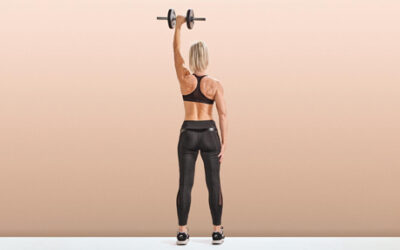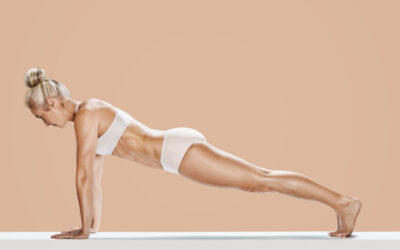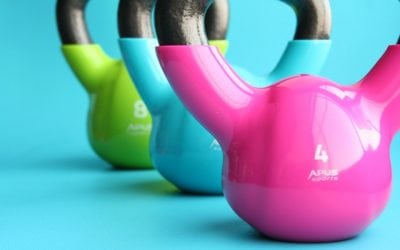Body type – did you know that yours can tell you what sort of activity might be best suited to you, helping you make the most of your natural talents?
Sometime in the 1940s, William Sheldon, PhD, MD, attempted to group people based on bone structure and weight distribution, calling these “somatotypes”. Each somatotype supposedly had unique characteristics which might influence a person’s strengths and weaknesses in any given physical activity.
There are three basic body types – mesomorph, ectomorph and endomorph. It must be said that, in truth, many of us have shapes that are “blends” of these three, so don’t be too caught up in trying to establish your precise type. I’m wary of offering information that might suggest definitive categorisations of anything (I’m over the binary approach to body, heart and mind) and I’ve seen clients change their body shapes to a significant degree because they worked consistently at it and were highly motivated to do so. Pinch of salt people, pinch of salt!
Body type: mesomorphs
You’re muscular with shoulders wider than your waist, a firm abdomen, narrow hips, and toned, defined legs. Although you can build muscle quickly, you may also have a tendency to store fat easily. When it comes to training, you might do well with a variety of intensities and activities. Activities involving power, strength and short energy bursts would be ideal.
(I fit into this category although, due to an “hourglass” physique, my hips aren’t particularly narrow, and I do, like the endomorph, tend to store fat around my butt, waist and hips. I love power-based, dynamic activities, though, and tend to pick up muscle very easily. I guess this makes me a blend of meso-endo with a slightly more prevalent meso influence.)
Body type: ectomorphs
You’re quite slim with long extremities and a narrow pelvis. You tend to have less fat and muscle than other body types and struggle to put on weight or muscle mass. Although naturally gravitating towards endurance training, you’ll benefit from some strength work. Classical ballet dancers, for example, are typically ectomorphs.
Body type: endomorphs
You’re not necessarily overweight, but you have a tendency to store body fat, usually around your waist, or butt and thighs. You likely have a pear-shaped body with shorter arms and legs, and wide hips and shoulders. You’ll do well on a resistance training programme coupled with a low to moderate intensity cardio programme initially (first 6-8 weeks), moving into high intensity interval training.
Don’t let that stop you…
Like I said, somatotypes aren’t a definitive way to categorise yourself, and I know plenty of people who might make great runners but can’t bear endurance activities; or they may be built perfectly for building muscle but have no desire to pick up a weight. The bottom line is that exercise must be enjoyed. Whatever it takes, find something that gives you pleasure and isn’t a chore. Everything will flow from there.






